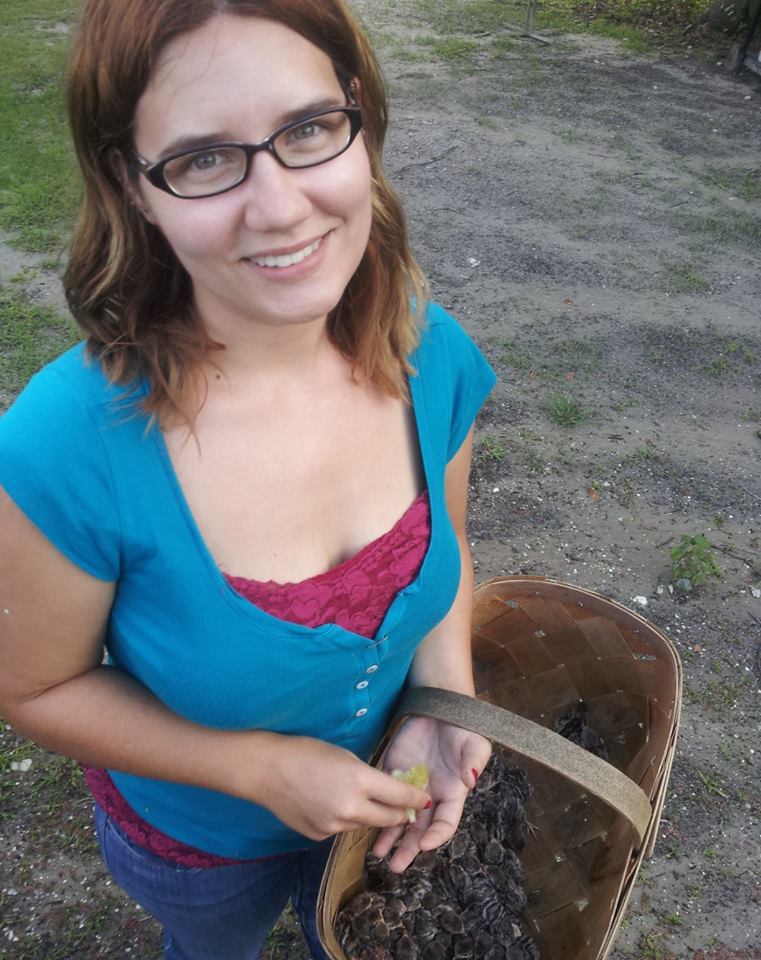Heritage turkeys, known for their rich flavor, leaner meat, and superior quality, deserve special attention in the kitchen. Unlike conventional turkeys, heritage breeds require a thoughtful cooking approach to bring out their best qualities. Follow these steps for a moist, flavorful bird that will be the star of your holiday feast.
What Makes a Heritage Turkey Unique?
- Flavorful Meat: Richer, more pronounced taste due to the bird’s natural diet and slower growth.
- Leaner Composition: Lower fat content means careful cooking is essential to prevent dryness.
- Natural Texture: Firmer meat with a unique mouthfeel compared to conventional turkeys.
Ingredients
- heritage turkey (10–14 lbs is ideal)
- 4 tbsp unsalted butter (softened) or olive oil (lard or tallow works too!)
- 1 tsp salt per pound of turkey
- Fresh herbs (rosemary, thyme, sage)
- 2 lemons or oranges (halved)
- 1 onion (quartered)
- 4 garlic cloves (smashed)
- 1–2 cups of stock (chicken, turkey, or vegetable)
Preparation
1. Thaw Properly
If frozen, allow 24 hours of refrigerator thawing per 4–5 lbs of turkey. Ensure the bird is fully thawed before cooking.
2. Dry Brine (Optional but Recommended)
- Rub the turkey inside and out with salt.
- Place the bird on a tray in the fridge, uncovered, for 24–48 hours. This enhances flavor and moisture retention.
- 3. Bring to Room Temperature
Remove the turkey from the fridge 1–2 hours before cooking. This helps it cook evenly.
Cooking Instructions
1. Preheat the Oven
Set your oven to 325°F (165°C).
2. Prepare the Turkey
- Pat the turkey dry with paper towels.
- Rub softened butter or olive oil generously over the skin.
- Stuff the cavity with halved citrus, onion, garlic, and fresh herbs.
3. Truss Lightly
Tie the legs together with kitchen twine to ensure even cooking.
4. Roast with Moisture
- Place the turkey on a rack in a roasting pan. Add 1–2 cups of stock to the bottom of the pan.
- Cover the turkey loosely with foil or a lid for the first 2/3 of the cooking time to prevent drying out.
5. Baste Occasionally
Every 30 minutes, baste the turkey with pan drippings or additional stock for added moisture and flavor.
6. Cook to Temperature
Use a meat thermometer to check the thickest part of the breast (165°F) and thigh (170°F). Heritage turkeys may cook faster than conventional birds due to their leaner meat.
7. Rest Before Carving
Let the turkey rest, tented with foil, for at least 20–30 minutes before carving. This allows the juices to redistribute.
Serving Suggestions
Heritage turkey pairs wonderfully with traditional sides like stuffing, cranberry sauce, roasted vegetables, and gravy made from pan drippings.
Pro Tips:
- Avoid overcooking: Heritage turkeys can dry out more quickly than conventional ones.
- Use a gravy boat! The natural juices are a perfect complement to the turkey’s rich flavor.
- Save the bones for stock—they make a deeply flavorful base for soups and sauces. If you would like learn how to make bone broth, I have an article just for you!
Enjoy your delicious, heritage turkey and the rich, nostalgic flavors it brings to your table!










